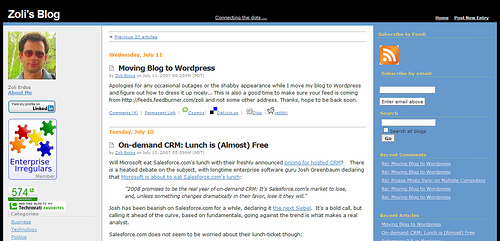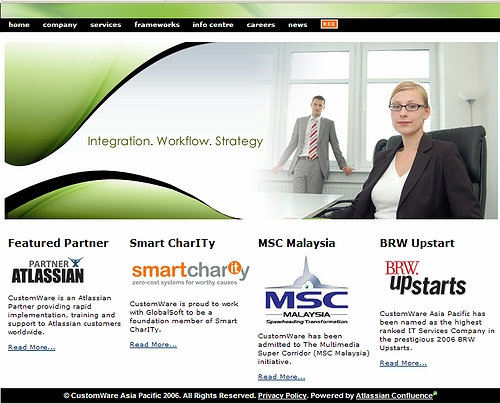 Southern Comfort dumps old media, and pours (pun intended) their entire $8 million media budget on the Net. Let’s hope they’ll spend it smarter then they did on this ad four years ago.
Southern Comfort dumps old media, and pours (pun intended) their entire $8 million media budget on the Net. Let’s hope they’ll spend it smarter then they did on this ad four years ago.
What’s wrong with this banner? Nothing – unless you place it in context. It appeared just days after Hurricane Katrina almost wiped out New Orleans… which gives the words “where anything can happen” a special meaning. And if you think it was just an innocent mistake, read the details here.
Related posts:













Recent Comments